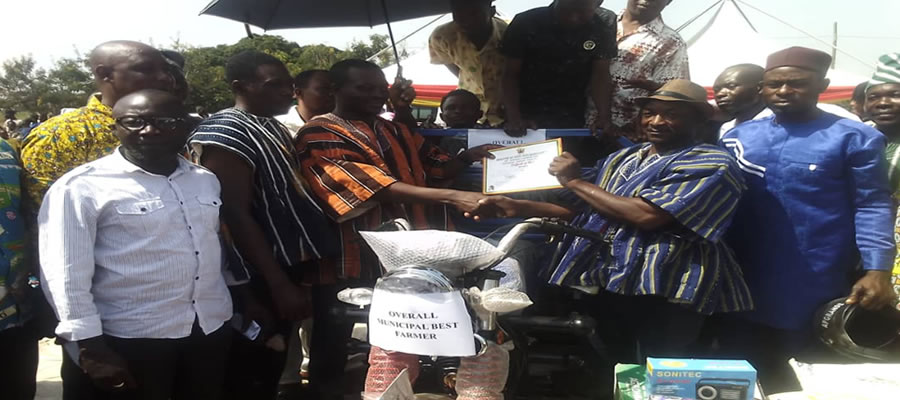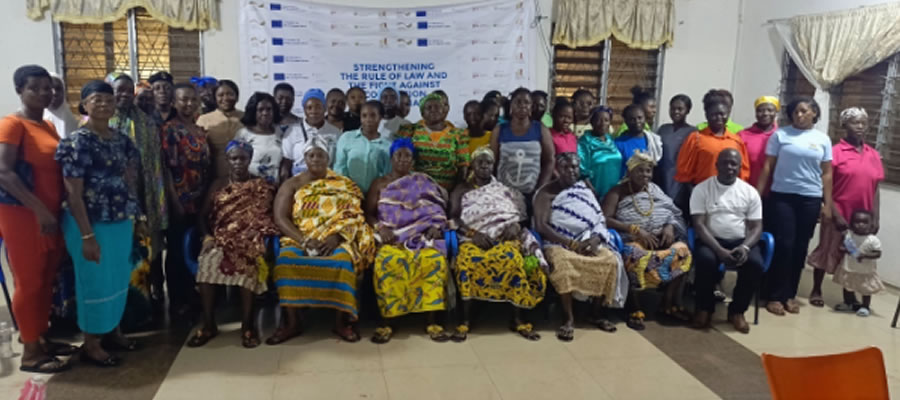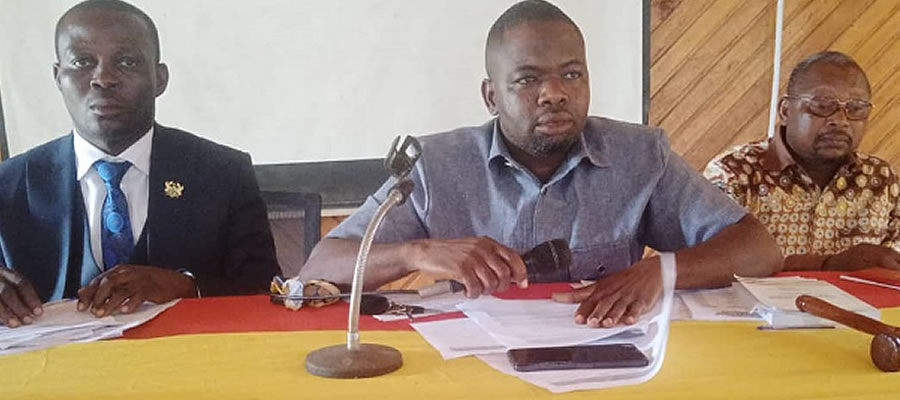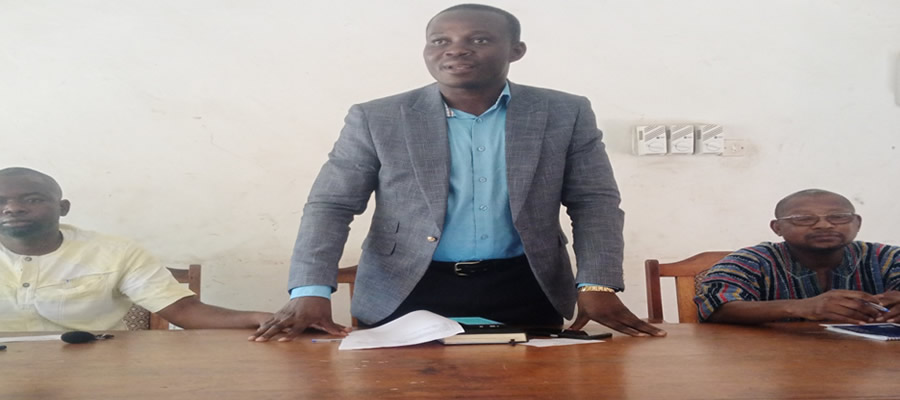

Information and Communication Technology (ICT)
Information Communication Technology (ICT) has become important tool in today’s knowledge-based information society and economy. This role of ICT in an emerging economy such as Ghana’s, has been widely recognized at various levels. The recognition is reflected in actions such as the development and deployment of a national ICT infrastructure, institutional and regulatory framework for managing the sector, and promoting the use of ICT in all sectors of the economy in the district.
The 2010 Population and Housing Census sought information on the ownership of mobile phones, usage of desktop and laptop computers and internet facilities by individuals and households. This chapter presents information on ownership and usage of information and communication and technology in the district.
Ownership of Mobile Phones
The last census report (2010) gave a total of 20,090 mobile phone owners in the district. This constituted 29.5 percent of the population 12 years and older. Out of the total, more males (35.4%) own mobile phones than their female (23.6%) counterparts in the district.
Use of Internet
According to the 2010 population and housing census report, out of the total population of 68,051 who answered the question on internet facility usage, only 1,446 (2.1%) use the internet facility in the district. Out of the total population using internet facility, the majority are males ((3.1%) with females constituting a little of (1.1%)). Comparing the Municipal value of 2.1 percent to that of the regional value of 3.4% the use of internet in the Municipal is very low.
Household Ownership of Desktop or Laptop Computer
Ownership of desktop and laptop computers by households is important in enhancing self-study and the use of the internet. Table 5.2also presents information on households having desktop/laptop computers by sex of head. With a total of 20,349 households who responded to the question on ownership of desktop/laptop computers, only 577 (2.8%) of them owned these items in the district. Once again, male headed households were in the majority (70.8%) while female headed households represented only 29.2 percent.
HOUSING
Housing is basic to all communities in Ghana. The kind of house a person lives in depicts his socio-economic status in society. Findings from the socio-economic survey showed that the housing conditions in the Atebubu-Amantin Municipal are generally poor. Most of the houses (52%) are compound houses, followed by detached houses (36%), semi-detached houses (11%) and storey houses (1%). Majority of these houses are built with mud (65%) followed by sand Crete (29%), whilst those built with wattle and Daub and other building materials constitute 5% and 1% respectively.
About 70% of the houses are roofed with corrugated roofing sheets with the remaining 24.1 % and 2.4 % being roofed with thatch and tiles respectively. It has also been found that about 58.4% of the houses have leaking roofs, whereas 33.2% have their roofs once ripped off. Houses with cracked walls constitute 52.9% with 8.6% completely dilapidated. Besides, about 28.3% of the houses surveyed have their foundations exposed leaving most of the structures hanging.
Most of the houses surveyed in the Municipal lack basic housing facilities like toilets, electricity and water. About 37.3% of the households interviewed make use of public toilets and as much as 34.8% do it on free range. Only 4.5% and 1.7% of the sample interviewed use pan latrines and water closets respectively. There is an average of 7 rooms per house, 5 habitable rooms per house and 15 people per house. This translates into a room occupancy rate of 3 persons per room. This is quite high as compared to the United Nations Standard of 2.5 persons per room. Nonetheless, this room occupancy rate compares favorably with the National figure of about 3.5 persons per room.
Date Created : 11/23/2017 1:51:52 AM












 facebook
facebook
 twitter
twitter
 Youtube
Youtube
 +233 593 831 280
+233 593 831 280 0800 430 430
0800 430 430 GPS: GE-231-4383
GPS: GE-231-4383 info@ghanadistricts.com
info@ghanadistricts.com Box GP1044, Accra, Ghana
Box GP1044, Accra, Ghana